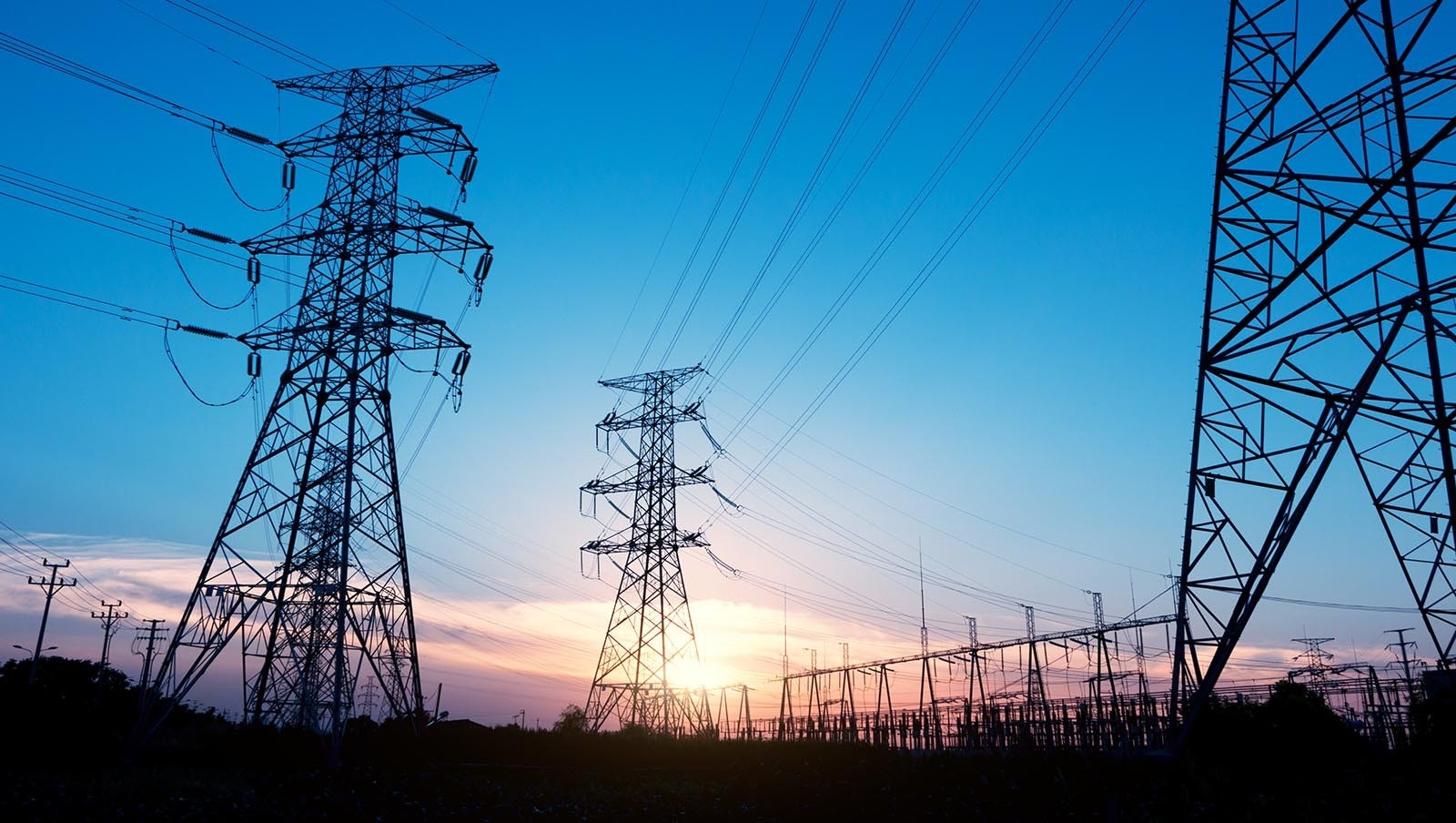Wyoming will be home to a transmission line that will bridge a gap between the electric grids of the eastern and western United States.
The project will not only open energy export opportunities for the state’s electricity producers, it could lower energy costs for Wyoming consumers.
Michael Skelly, CEO of Grid United, told Cowboy State Daily that the project will have benefits once it’s operational, but he cautions that it’ll take some time to come to happen.
“I don’t want to be that developer that’s like, ‘Oh, yeah, we’re gonna start construction next week,’” Skelly said.
Three Grids
America’s electricity is delivered to consumers via three main grids — the Western Interconnection, the Eastern Interconnection and the Electric Reliability Council of Texas.
There are now seven transmission facilities that allow a very small amount of power to travel between the Western Interconnection and Eastern Interconnection. Those connections, Skelly explained, are about 50 to 100 megawatts. The Copper Basin Intertie that Grid United is developing is 3,000 megawatts.
Hoa Tran, director of development for Grid United, gave a presentation on the project to the Wyoming Energy Authority on Thursday, which will originate in Carbon County and connect to facilities next to Laramie River Station.
The planned path, which is really an initial sketch, will begin at the Aeolus Substation, which is several miles west of Medicine Bow. That location is a sort of an energy hub.
“It’s kind of like a confluence of a lot of different lines,” Tran explained.
From there, the Copper Basin Intertie will travel about 90 miles to connect with Southwest Power Pool (SPP) next to the Laramie River Power Station.
The SPP is a regional transmission organization, which is a nonprofit corporation set up to deliver reliable, affordable energy on behalf of its members.
Long Road Ahead
The exact location of the transmission line will depend on input from the communities it impacts, Tran said. The company is much further along on the development of a 300-mile transmission line in North Dakota and Montana.
There it took input from stakeholders at the federal, state and local levels, which included the landowners whose land the transmission line will cross, and the route completely changed over the course of that process.
“Not a single mile of the original line will remain because we’ve worked with various stakeholders,” Tran said. “So that’s our method of development.”
Skelly said there are applications and years of study with PacifiCorp, which owns the Aeolus Substation, as well as SPP. They then have to work with landowners for easements, and all that is before the National Environmental Protect Act process, which can take a few years.
The initial timeline is to have Copper Basin Intertie operational as early as 2029.
Benefits
By linking the Western and Eastern grids, the project will have a number of benefits for Wyoming when operational.
It will create more resiliency in the system. With the ability to deliver power through more pathways, it means less risk of outages and blackouts during extreme weather.
Tran said Grid United was founded in the aftermath of Winter Storm Uri in 2021, which caused widespread outages throughout Texas.
The goal of Grid United is to modernize the grid by connecting the three disparate grid systems, Tran said.
There also will be cost savings for power customers.
“It’ll allow the consumers to access low-cost power from a diverse geography,” Tran explained.
It also will open more export markets. The transmission line will be open to all sources of power so it’s not dedicated to just one wind farm or coal plant.
Wyoming exports 13 times more energy than it consumes, according to figures from the federal Energy Information Administration. The Copper Basin Intertie opens up markets in the East, which are now difficult or impossible to reach.
“So we’re kind of making the rounds and telling folks that this is what we’re looking at here. And there’s years of work ahead. But we think this is a good idea. We think it’d be good for Wyoming,” Skelly said.





